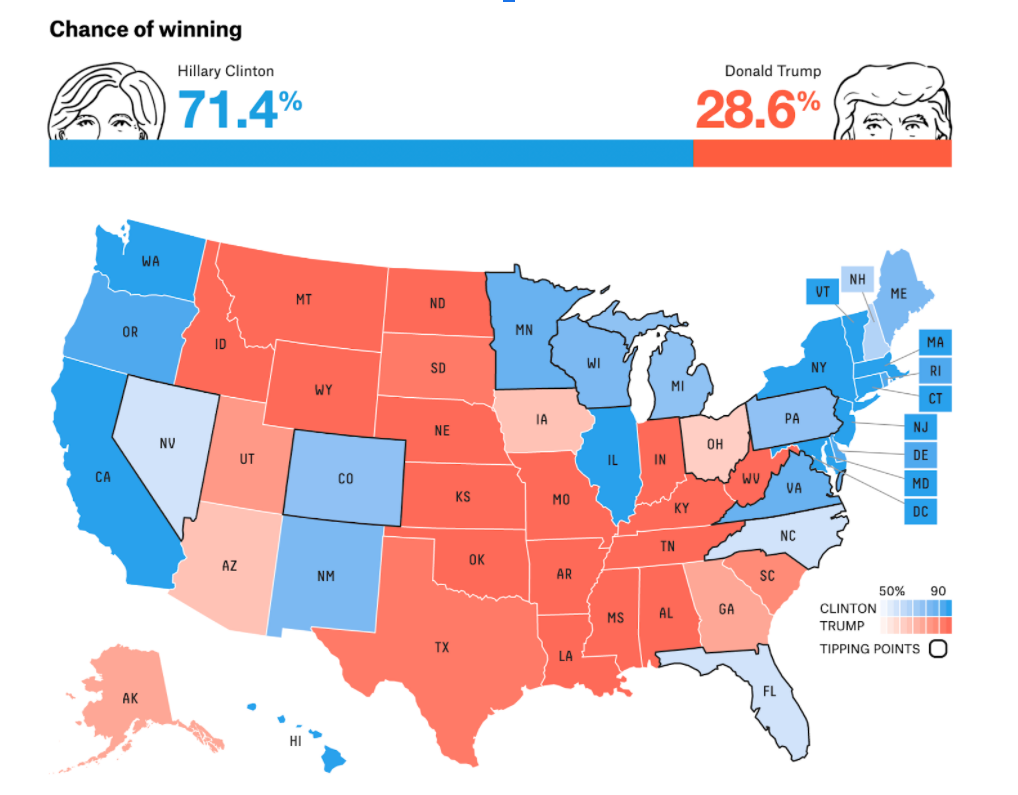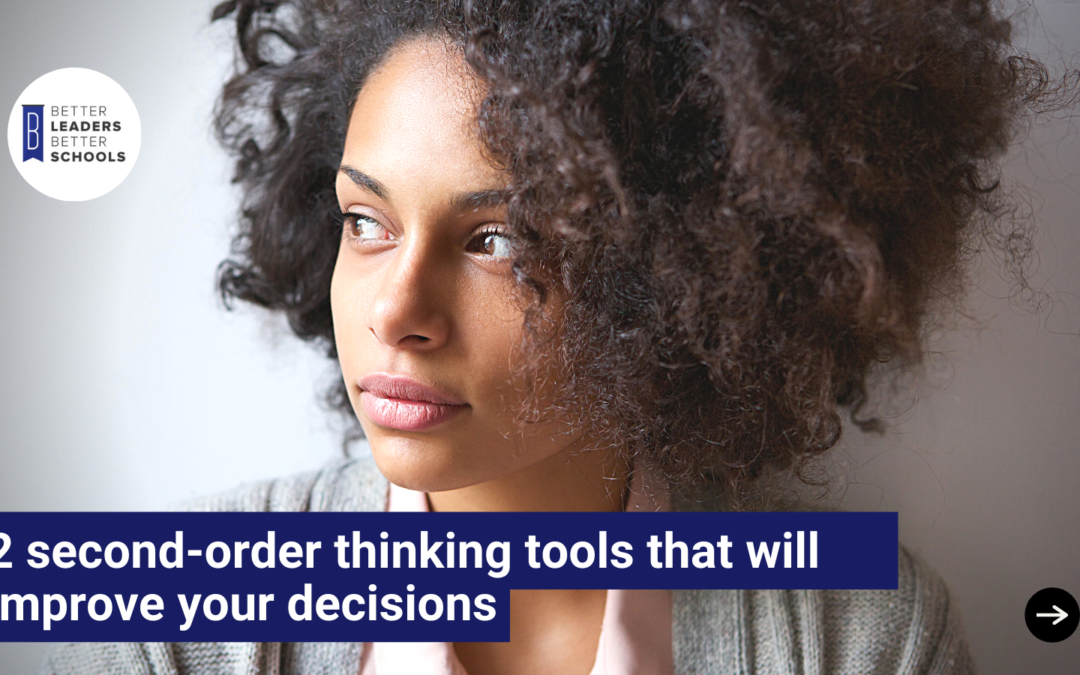“Second-order thinking is thinking farther ahead and thinking holistically. It requires us to not only consider our actions and their immediate consequences, but the subsequent effects of those actions as well.”
– Shane Parrish.
In a recent blog post on “How to make better decisions using a decision tree” I made this assertion: we are all hardwired to lean more toward an optimistic or pessimistic worldview. This impacts the quality of our decisions.
If I am a “glass half full” type of guy, I need to be mindful of my tendency to discount or devalue potential challenges, roadblocks, and negative outcomes.
On the other hand, if the “glass is half empty,” I’ll have to work harder to visualize all the things that are (and could) go right.
In today’s post I want to introduce two tools that will help you build a better decision tree and improve your ability to predict second-order consequences.
To use each tool, you’ll need the same materials:
- A team if possible (more minds = better ideas)
- A desired, ideal outcome in the future
- Somewhere to capture your ideas
Thinking tool #1: Backcasting
Backcasting is a positive frame.
In order to backcast, consider an ideal future outcome and dream about all the things in your control that helped you achieve this outcome.
Ask your team this question: “It’s ‘X’ months in the future, what are all the things we did in order to achieve [your ideal future outcome]?”
Spend at least five to ten minutes discussing the backcasting ideas. Just when you think you’ve exhausted all the team’s ideas, keep pushing. Ask, “And what else?” This is guaranteed to uncover a few more gems you would have missed if you didn’t continue to dig.
The goal of backcasting is to dream of all the positive things you can do in your control to achieve an ideal future outcome.
But that’s only half the story …
In order to have a full picture of a potential future, you also must consider how you might fail.
Thinking tool #2: Pre-mortem
A pre-mortem is a negative frame.
It’s basically the opposite of backcasting. We all have heard of a post-mortem. After a human being expires, the cause of death is identified. Unfortunately for the person who is dead, that information won’t bring her back to life.
The point of a pre-mortem is to predict all the reasons your project will fail. Here we identify the obstacles, challenges, and ways in which things will get off track.
Ask a similar question to your team when performing a pre-mortem: “It’s ‘X’ months in the future, what are all the obstacles and challenges that got in our way of [your ideal future outcome]? Why did we fail?”
And just like backcasting, when you think your team is done, keep pushing.
Done separately, backcasting and pre-mortems offer limited value. Together they are invaluable.
Two sides of the same coin
Whether it’s an election result or the final score of our favorite sports match, we often are surprised by the results.
That’s because we discount low probability events. We falsely equate a low probability to absolute certainty.
The classic example of this is the 2016 election. The website FiveThirtyEight gave Trump a 28.6% chance of winning the election. Those odds were not great, and yet many were shocked to see Trump win. He was down, but not out.

Think about it this way. If I had four cards in my hand and each were a King representing a different suit, would you be shocked if you correctly guessed the color of the King’s suit?
Of course not, you had a 25% chance of a correct guess, not a 0% chance at success.
What would be shocking is if I removed one of the suits (let’s say a heart) and replaced it with a spade. Yet, you continued to guess hearts expecting to win.
That’s what poor decision makers do. They overvalue their natural tendencies and discount other options or disregard them altogether.
By building a decision tree with just positive/optimistic thinking you only have part of the picture. By using backcasting and a pre-mortem you consider what will help you achieve your goal or what will get in the way. This is the only way to have the full picture.



